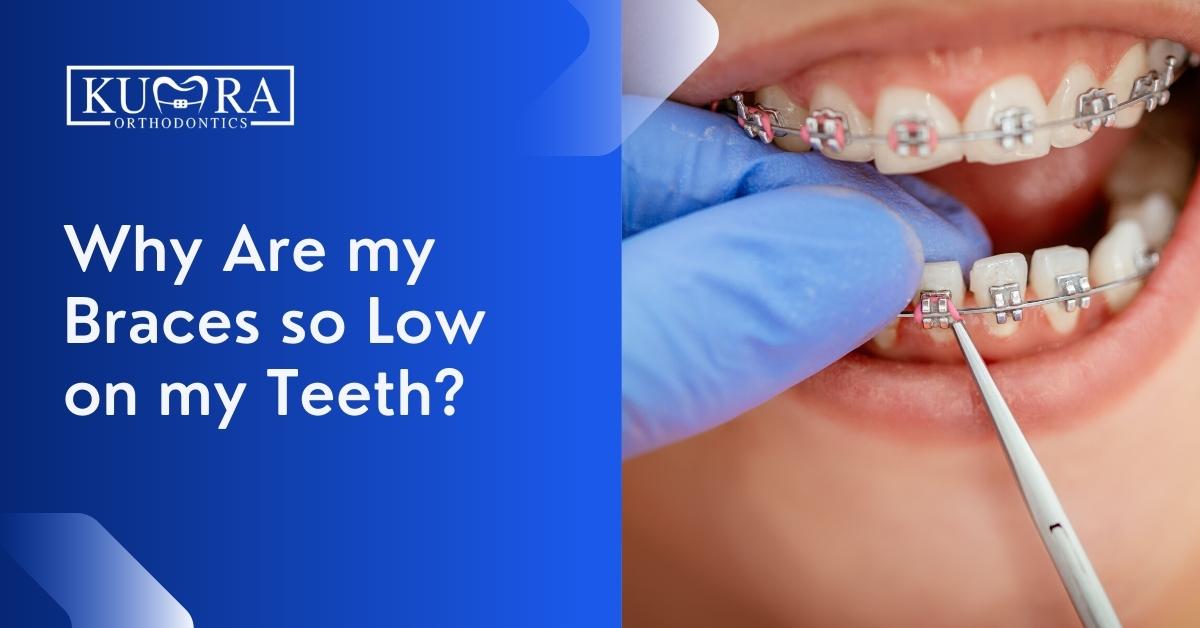The Advantages of Picking a Cumming Orthodontist for Your Braces and Aligners
The Advantages of Picking a Cumming Orthodontist for Your Braces and Aligners
Blog Article
Comprehensive Overview to Orthodontics Treatments for Fixing Dental Misalignments
Understanding the ins and outs of each procedure, including their devices, benefits, and potential disadvantages, is essential in making informed choices concerning one's orthodontic treatment. As we browse via the comprehensive guide to orthodontic treatments for correcting oral misalignments, the detailed details of each approach will unfold, dropping light on the path towards a harmonious and functional oral positioning.
Orthodontic Procedures Review

Normal changes and monitoring are essential parts of orthodontic treatment to guarantee development is on track and to make any type of needed alterations along the method. By undertaking orthodontic treatments, people can not just attain a straighter grin but additionally boost their total dental health and wellness and function.
Conventional Dental Braces: How They Function
When thinking about orthodontic therapies for oral misalignments, conventional dental braces stand out as a reliable method for dealing with teeth positioning. Standard braces consist of brackets, cords, and bands that work together to apply constant stress on the teeth, slowly relocating them right into the wanted placement.
As pressure is used to the teeth via the braces, the bone surrounding the teeth is improved to support the brand-new tooth placements. Individuals will need regular changes at the orthodontist's workplace to guarantee the braces proceed to apply the appropriate pressure for reliable teeth motion.
Unnoticeable Aligners: Advantages And Disadvantages
Undetectable aligners provide a practical and very discreet alternative to typical dental braces for correcting oral misalignments. These clear, personalized trays are essentially unnoticeable when worn, making them an enticing option for people seeking a much more aesthetically pleasing orthodontic therapy. One of the main advantages of undetectable aligners is their removability, permitting much easier maintenance of oral health compared to standard braces. Patients can get rid of the aligners before eating or cleaning their teeth, decreasing the danger of food obtaining embeded the appliance and simplifying the cleaning process.

Surgical Orthodontic Options
Surgical interventions in orthodontics existing practical choices for resolving intricate oral imbalances that may not be efficiently solved via standard orthodontic therapies. While traditional braces and invisible aligners can remedy lots of orthodontic problems, specific situations require surgical intervention to achieve optimum outcomes. Surgical orthodontic alternatives are normally suggested for serious malocclusions, significant jaw inconsistencies, and cases where the underlying bone structure requires adjustment to accomplish proper alignment.
One common medical orthodontic procedure is orthognathic surgery, which involves rearranging the jaws to fix functional concerns such as trouble chewing or speaking. This surgery is usually done in partnership with an orthodontist who assists align the teeth prior to and after the procedure. Surgical orthodontics might likewise involve treatments to reveal impacted teeth, eliminate excess periodontal cells, or reshape the jawbone to develop a much more harmonious face profile.
Before thinking about surgical orthodontic options, clients undertake a detailed evaluation to establish the requirement and potential advantages of such interventions. cumming orthodontics. While surgery might appear complicated, it can considerably boost both the function and looks of the smile in cases where traditional orthodontic therapies fail
Retainers and Post-Treatment Care

Post-treatment care entails adhering to the orthodontist's guidelines faithfully. This might include proper dental health techniques, participating in follow-up appointments, and putting on the retainers as suggested. Failure to follow post-treatment care guidelines can cause relapse, where the teeth progressively return towards their original placements. Your Domain Name Constant retainer wear, great oral health, and routine oral exams are necessary for preserving the outcomes accomplished through orthodontic surgery and making certain the long-lasting stability of the dealt with dental alignment.
Final Thought
In conclusion, orthodontic procedures supply various choices for correcting dental imbalances. Traditional braces make use of steel brackets and cables to move teeth right click here for more into proper positioning. Unseen aligners offer a more very discreet choice but may not be appropriate for all instances. Surgical orthodontic alternatives are available for much more serious imbalances. Retainers are commonly utilized post-treatment to keep the new placement. On the whole, orthodontic procedures can efficiently enhance dental health and aesthetic appearance.
As we browse via the thorough overview to orthodontic treatments for fixing dental imbalances, the detailed information of each technique will unfold, losing light on the course toward a functional and unified oral alignment. - cumming orthodontics
One of the most typical orthodontic treatments is the use of navigate here braces, which are composed of metal braces and cords that apply gentle stress to slowly shift teeth right into the preferred position.When considering orthodontic therapies for dental imbalances, standard braces stand out as a reliable technique for fixing teeth placing. Furthermore, unnoticeable aligners might not be appropriate for intricate orthodontic problems that require even more significant teeth motion, as they are generally advised for moderate to modest cases. Retainers are personalized orthodontic devices made to hold teeth in their corrected positions after the conclusion of orthodontic treatment.
Report this page